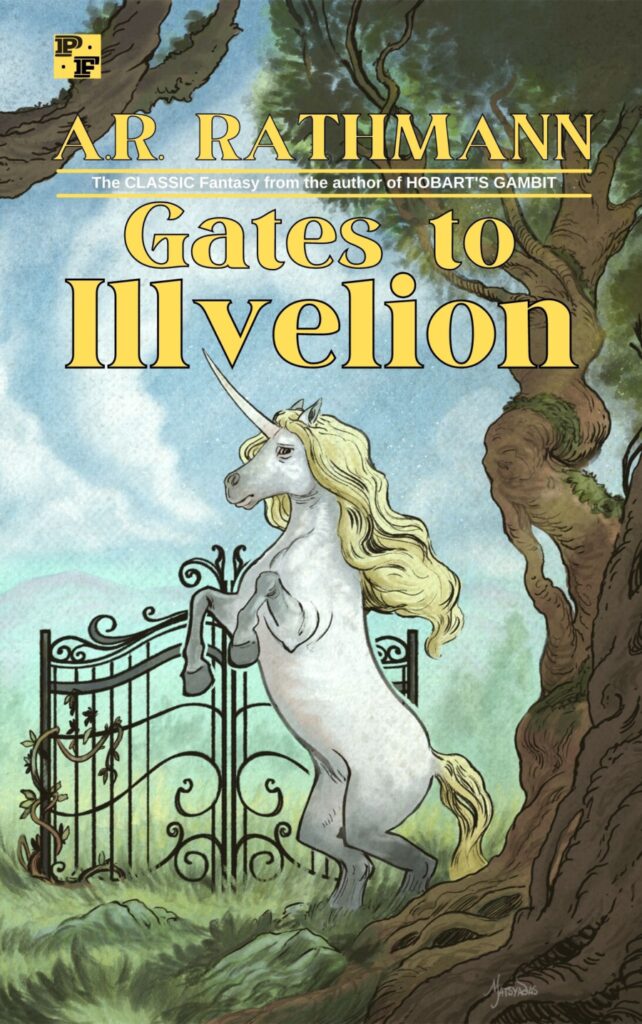I’m playing a solo Dolmenwood game right now, my kids and I are playing some adventures using Hero Kids, and I might be joining an open table for Shadowdark in the very near future, but I’ve also been cooking up another solo adventure/campaign using the Emirates of Ylaruam gazetteer from TSR, and I was thinking of using Cairn for my system, and yet now, I’m getting the itch to return to my first OSR love: Dungeon Crawl Classics RPG.
I’ve played several games using DCC, and I’ve loved each and every one, but I find that players don’t always love it as much as I do. Maybe I’m not a very good Judge, maybe the players have wanted a more typical 5e experience, I don’t know. But I’ve moved away from DCC RPG partly because there are so many new games I’m interested in (Dolmenwood!!), and partly because I’ve found it hard to get a regular game going.
But if I love it so much, and I’m planning a solo campaign, why not use DCC for my solo campaign? It’s an obvious choice!
One thing I’m interested in is using DCC for a homebrew. Although Goodman Games makes excellent adventure modules, I’m more and more curious to see how DCC works when using the core rules but adventuring in my own world (“my own” is a stretch… I am using the Ylaruam stuff from TSR… but I’m not using any pre-made modules; I’m making a sandbox and letting my PCs go wherever, no set story).
One of the things I love most about DCC RPG’s core rulebook is the way it encourages the judge and players to develop their own world: make your own patrons and deities and monsters and magic items and everything else in between. If dice rolls lead to wild results, play out those results and see what happens. A spell goes awry and transports the party to another dimension? Cool! Go explore that dimension. A PC dies and his friends want him back? Cool! Travel to the underworld and rescue him. The warrior wants to learn a new fighting style? Cool! Seek out the legendary sword master of the far-off mountains and convince him to train you.
The Goodman Games modules are fun, but one of the things that drew me to DCC RPG is the way it inspired my own adventuring and world-building ideas. I like the modules for one-shots, or even as locations/encounters within a hex crawl, and I might use a few as I solo-play, but I’m really in the mood for creating my own map of adventures, my own locations, my own quests. I’ve never really used DCC for that kind of play yet, and I want to try.
I’m inspired on some level by Bob the Worldbuilder’s excellent Skrym resource. By using the Ylaruam gazetteer and the Skrym random tables (as well as the tables in the DCC core book), I feel confident I can make a robust solo campaign.
In some ways, I wonder if Goodman Games’s success with its modules has hampered or undersold DCC’s ability to work as a homebrew game. The game itself has so many interesting quirks and tables that create stories simply by the effects of a spell roll or treasure table roll or patron roll. The modules are wonderfully weird and well-designed, offering the perfect DCC “flavor,” but as a system, I think the DCC core book gets overshadowed by this robust line of adventures. I’m genuinely curious to see how well the system holds up in a sandbox campaign that is not based on any DCC RPG modules or settings.



